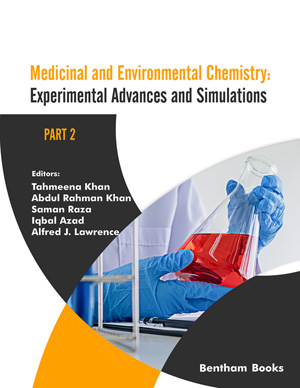Abstract
Bioisosteres are chemical substituents, groups, atoms, or moieties that have similar physical and chemical properties, producing analogous biological effects but with greater impact and potency. Bioisostere replacement is an impactful concept in medicinal chemistry. Bioisostere replacement is used for attenuation of toxicity, enhancement of the activity of the lead compound, or alterations in pharmacokinetics and toxicity of the lead. This chapter deals with the degradation or minimization of ecotoxic waste through bioisostere replacement. The chapter details bioisosteric replacements for the degradation of eco-hazardous wastes in two ways, i.e., direct way and indirect way. The direct way involves bioisosteric changes in insecticides, which directly affects the environment, while the indirect way involves bioisosteric modifications in drug molecules to increase their bioavailability and half-life period so that maximum drug is consumed within the body, providing better efficacy against the disease and release of a minimum amount of waste into the environment. These modifications prove to be eco-friendly. Some important bioisosteric groups used for replacement are -fluoro, -deutero, -nitro, -t-butyl, and others. This chapter gives an insight into the plausible alterations with improved functional groups in bioisosterism to improve the eco-detrimental effects of compounds or drugs.
Keywords: Bioisosteres, Drugs, Ecofriendly, Half-life period, Insecticides, Medicinal chemistry, Metabolites.
















